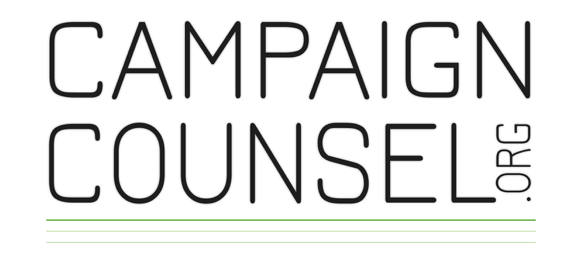Planning Ahead to Avoid A Debt Reduction Campaign
Sometimes capital campaigns seem to be an "afterthought" in expansion planning. It’s like everything gets done – the building designed, site picked, moving trucks lined up, paint schemes decided – and then someone, usually a board member, says, "Hey, let’s let the development person do a capital campaign.” Usually followed with – “Oh yeah, and we need the cash in three months.”
Newsflash: It does not work that way.
Debt Doesn’t Motivate
Capital campaigns are built on vision, mission and dreams – all strong motivators for people to give. People like to give for what could be. Debt reduction campaigns are based on financial statements, interest rates, and business plans – all rather boring and are actually de-motivators. People do not like to give to pay for something that is already there.
Debt is so hard, in part, because every donor has his or her own debt. Usually, major donors also manage debt well. They think charities should as well. So, approaching a donor and indicating that the debt is too much often causes donors to wonder about the financial skill and wisdom of the charity's leaders.
The usual way to sell a debt reduction campaign is by arguing without debt the organization could do so much for its mission. Unfortunately, this is an argument that any charity with debt could make. There isn’t anything special to it – as there is with a true capital campaign that is focused on what could happen if only the charity had better facilities.
With capital, it’s new, exciting and the benefits will be seen by everyone in the form of a new building. There is something real to "sell.”
This commitment to capital instead of debt needs to be factored into the timing of the building project. Buying the building and then raising the money is a nightmare – it is basically a debt reduction campaign. The donor’s logic goes something like this: "The charity doesn’t need my money as much as a different organization that can’t borrow money. Since they can borrow the money they need, they must also be able to pay it back without my money since only an idiot borrows money they can’t pay back." Make sense?
Same goes with starting construction. Once construction is started, it is assumed there is money to pay for it. If not, what happens if the money isn’t raised? Will the building be stopped before the roof is put on, or the walls are built – is this a "build as you raise" project? It’s a little like the bank telling you that they’ll lend you $100,000 for your house, but you contract for a $200,000 house because "once the bank sees this, they’ll give me more of a loan.” It just doesn’t happen.
The other factor is internal. Once the new building is occupied, the priority is on new programs, services, increasing operational giving, etc. – just about everything except raising money to pay for the building. Sure, sure... you’re different. You need to raise the money because the debt is so high. Well, the fact is you aren’t different. Someone lent you the money to acquire the new building – and someone thinks you can pay it back without raising more money. So, it is almost always easier to focus on “fun” stuff like programs and services instead of the meat and potatoes of raising money to pay off the building.
Pre-Campaign Planning Means Less Debt Later
The first step is to plan ahead. You should start your pre-campaign planning study at the same time you hire an architect or a realtor – even sooner if it is a realtor. Let the campaign get ahead of the building project. It’s logical that the pre-campaign planning process should be done before deciding how much money to raise since it’s that very process that will determine a reasonable goal. Trust that your donors can see your vision without sticking a building in their face. They won’t, usually, give more or less depending on the building – only based on what that building will be used for.
So what about the perfect, unexpected deal? Every now and then the perfect deal comes forward. A once-in-a-lifetime opportunity that requires the organization to act RIGHT NOW. Well, the reality is that the old rules still apply – if you can borrow the money, then you can pay it back – and if you can pay it back, you don’t use or need charitable gifts to pay it back.
The easiest way to avoid this whole issue is to plan ahead – the further the better. Raise money based on vision, mission and benefits – not on a specific building or on your organization’s "need.” People give more to vision and mission than to need.
Is Pre-Campaign Planning in your future? Visit our free resources page or contact us for a no-fee workshop!
Adapted with permission from an article originally published by William Kruger.







